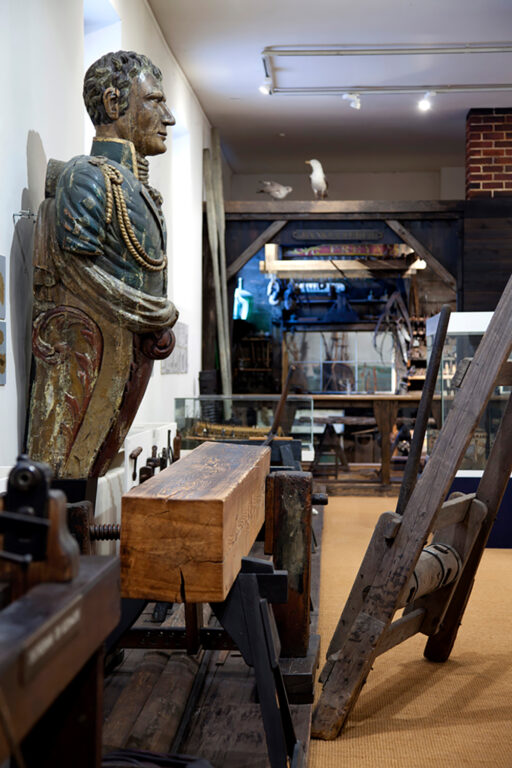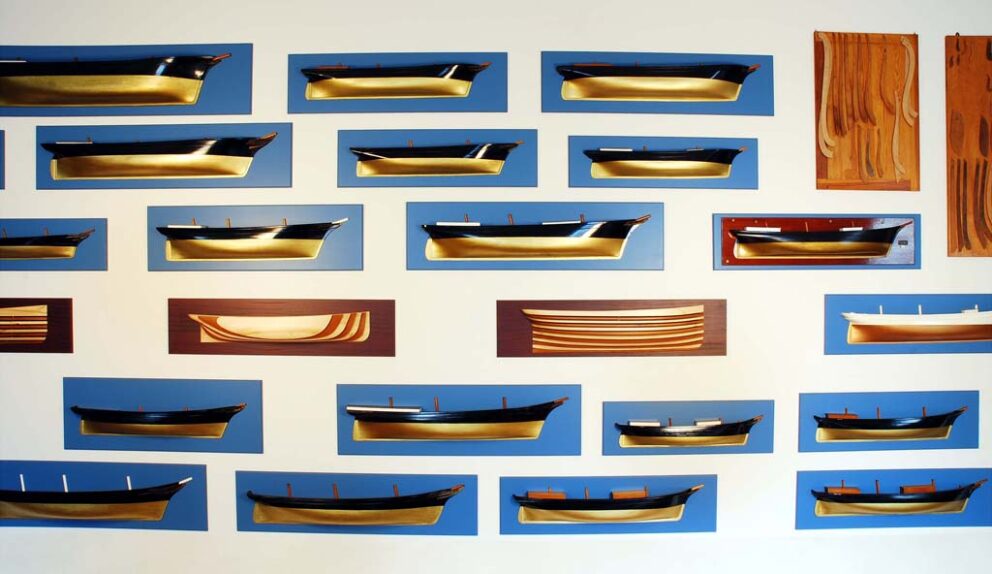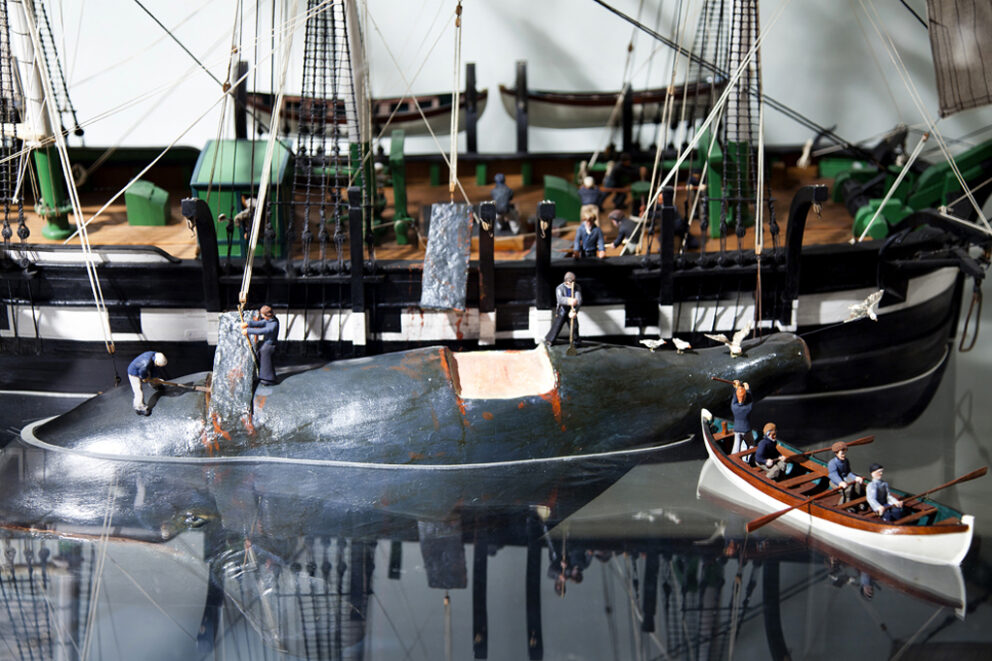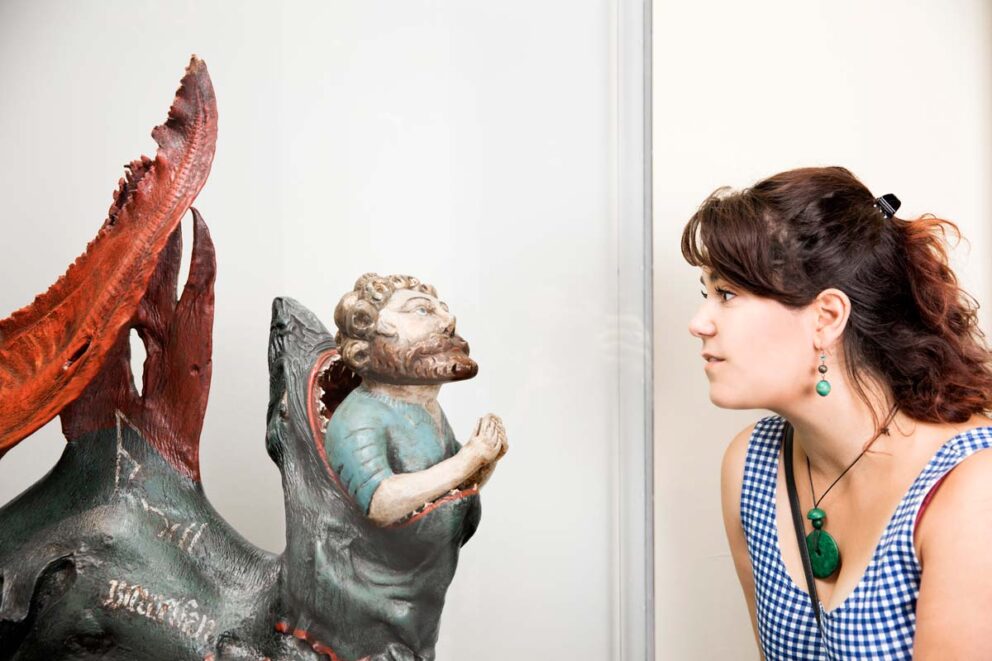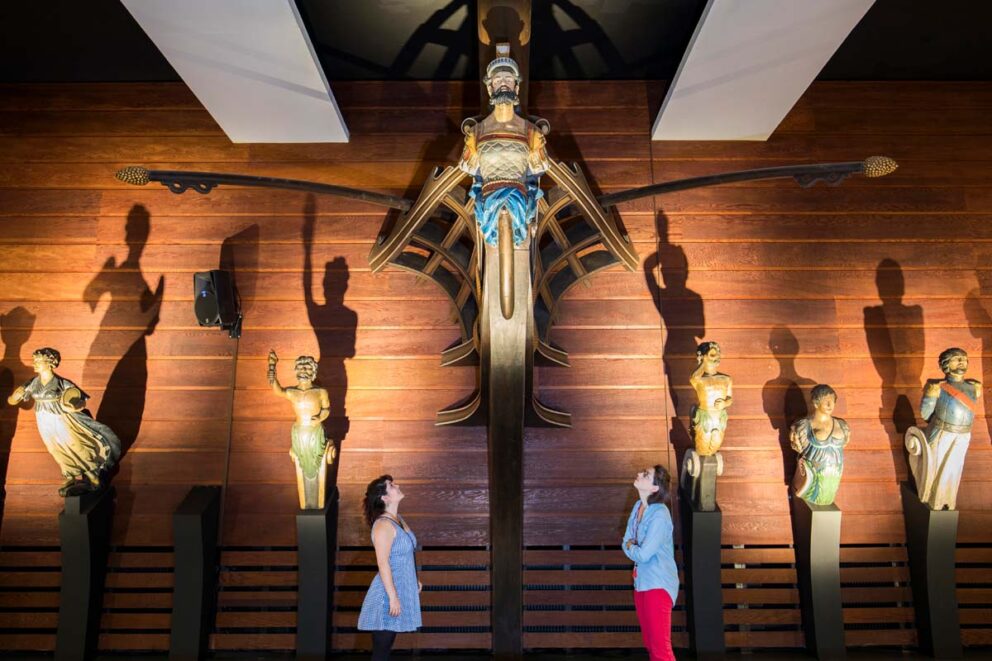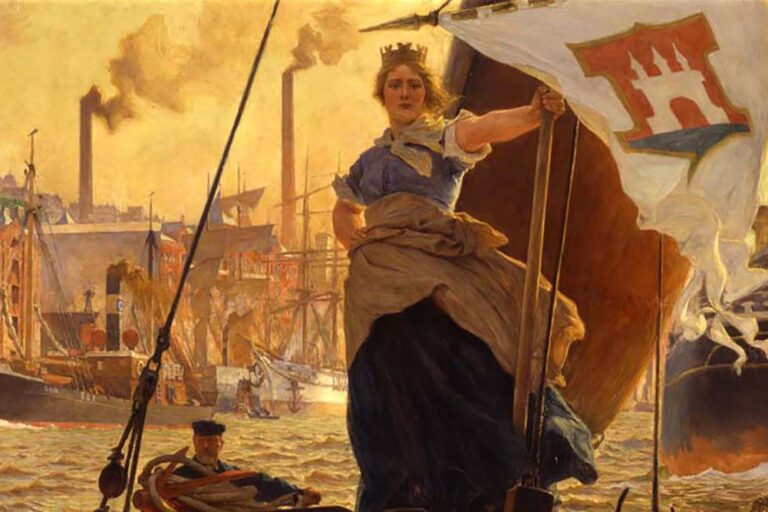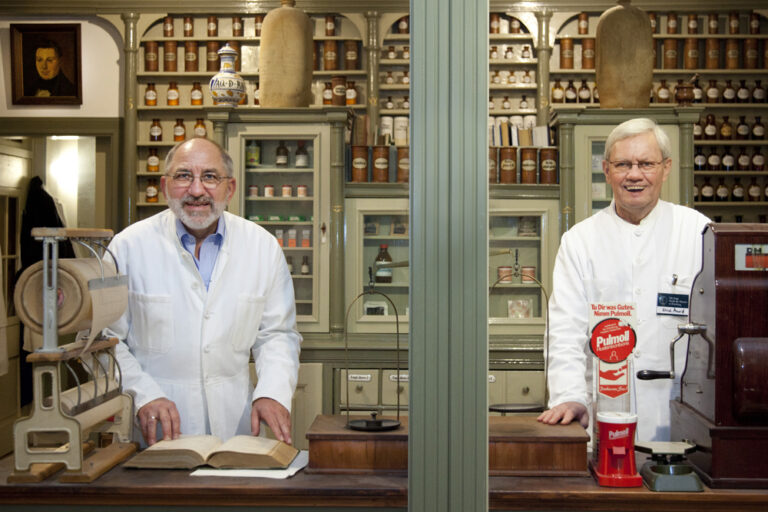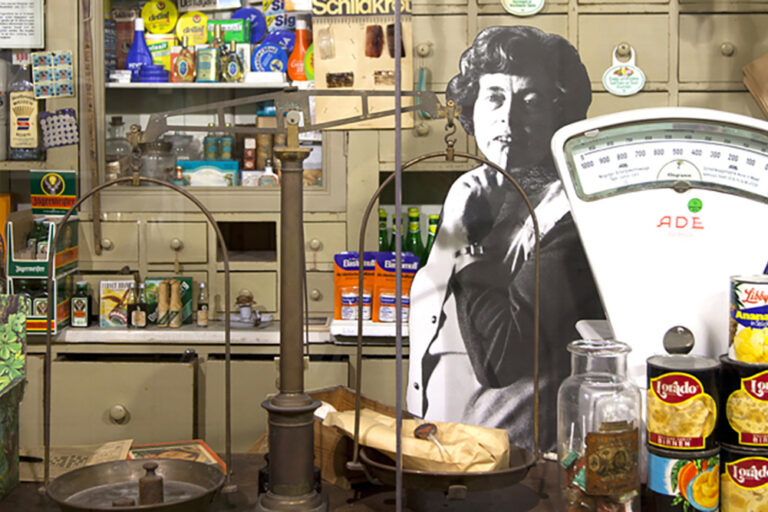
The ground floor of the museum is dedicated to historical shipping in Altona. This department can be experienced by taking a round tour through several rooms and spaces and includes sections on shipping, ship-building, chandlery, fishing and fishing equipment, vehicle construction and maritime decorations.
The development of different fishing equipment and fishing vehicles is vividly demonstrated with models and dioramas in the museum’s grand Hall of Columns. This unique collection of fishing dioramas was put together back in 1903 by the first director, Otto Lehmann, in cooperation with the German Society for Sea Fishing and its founder, Walther Herwig. In the museum, as an extra-curricular learning venue, they aimed to show the technology and development of fishing on the North German coasts and rivers and to demonstrate the significance of Altona, as the largest fishing port in Germany, in its historical context.
Wooden and iron ship-building, one of the most important chapters in the history of shipping, is documented in the museum’s comprehensive collection with artefacts from Hamburg’s shipyards. An insight is also given into the craftsmen working to supply the yards with exhibits from various trades such as rope-makers, blacksmiths, block-makers and pump-makers.
Another area of the exhibition looks at maritime decorations. On display there are graphics, paintings and handcrafted items as well as ships’ figureheads. Artefacts relating to whaling are also on display here.




